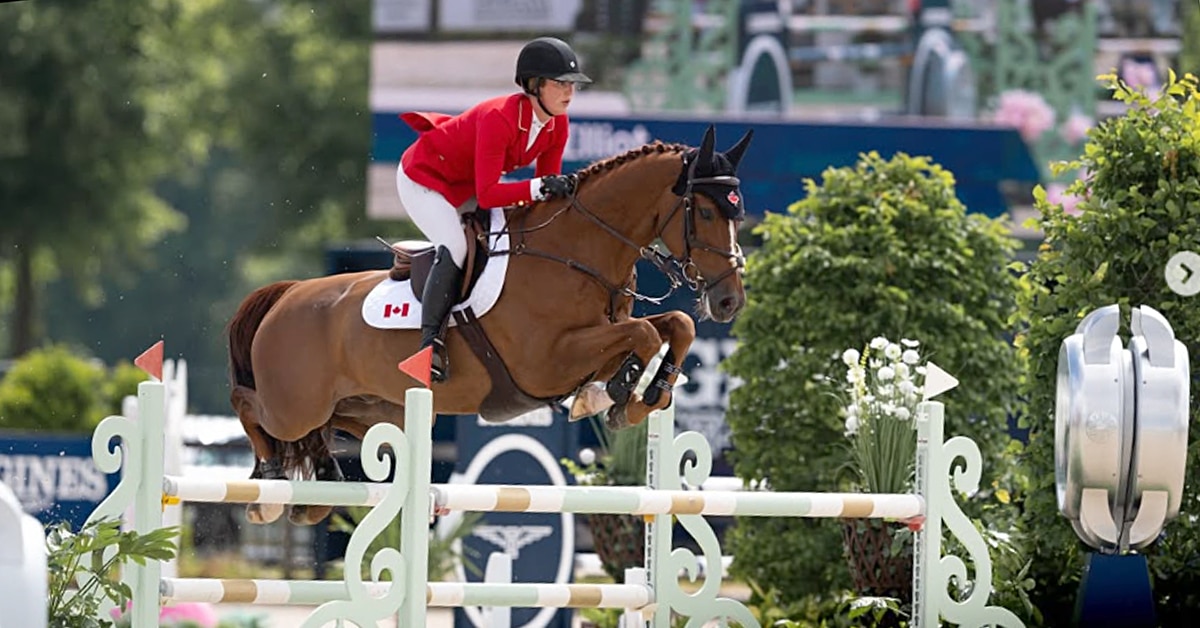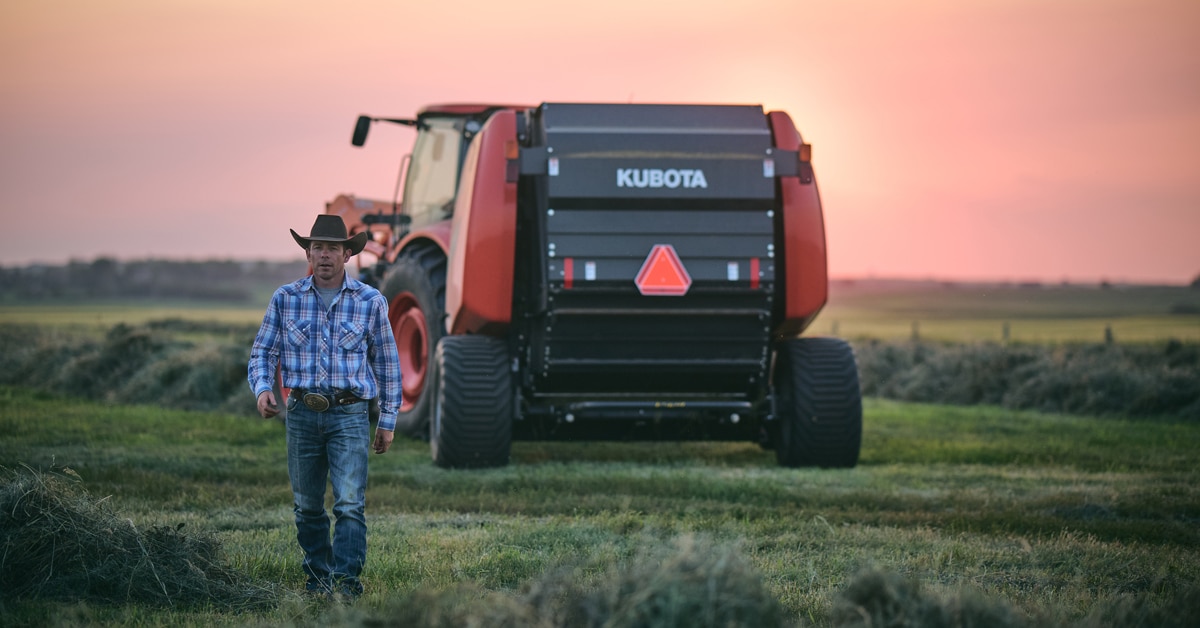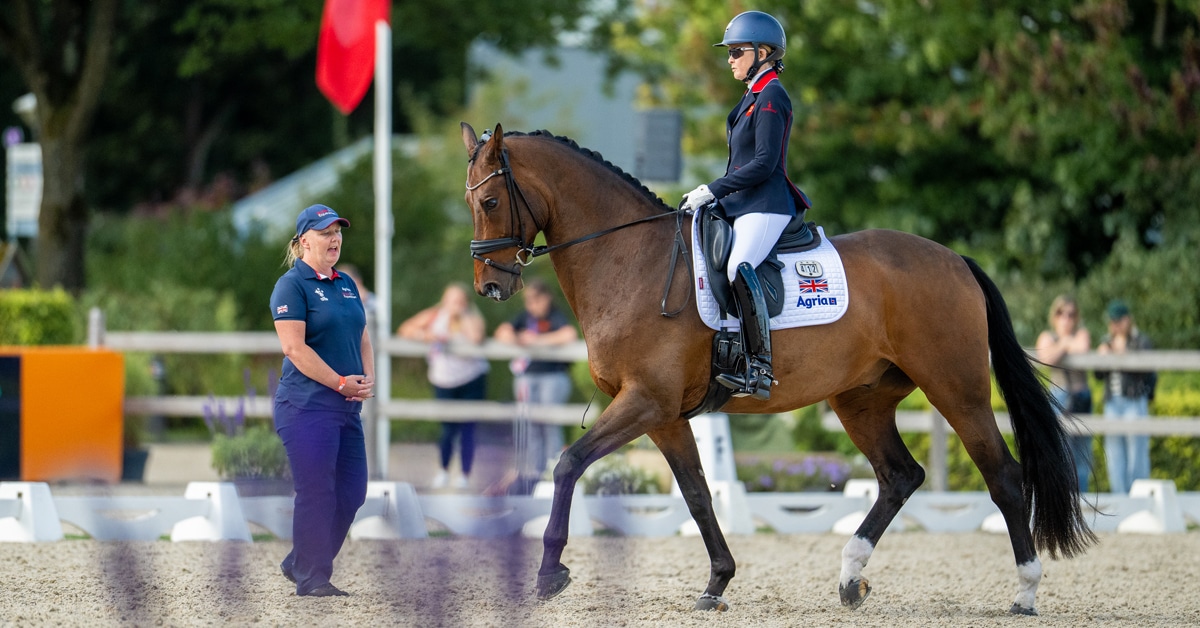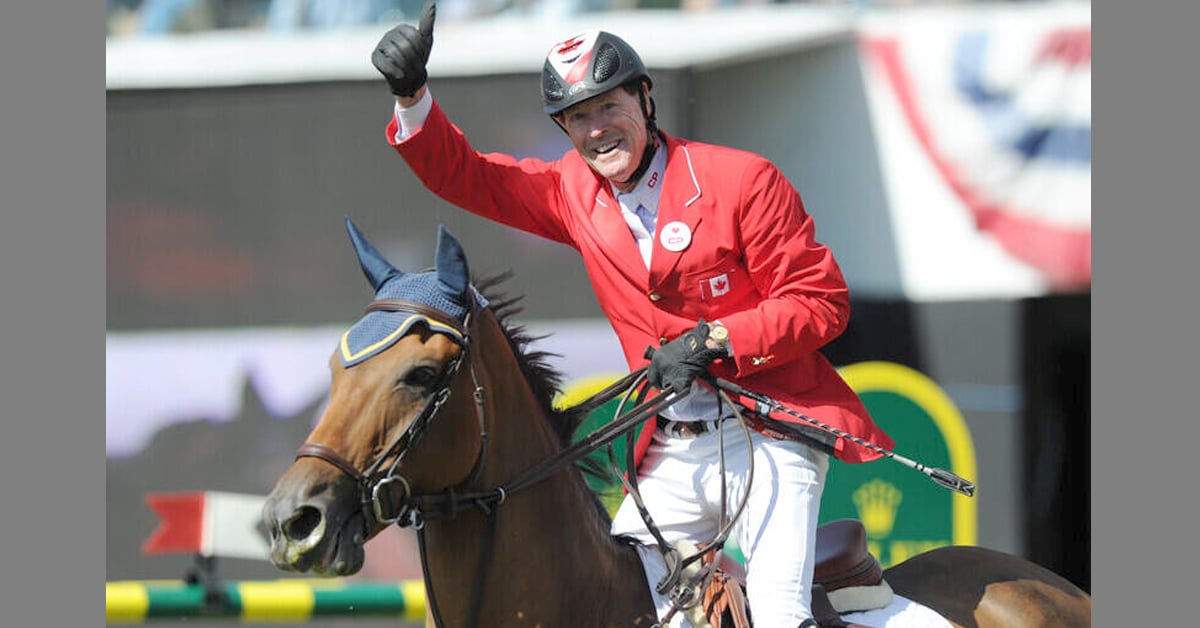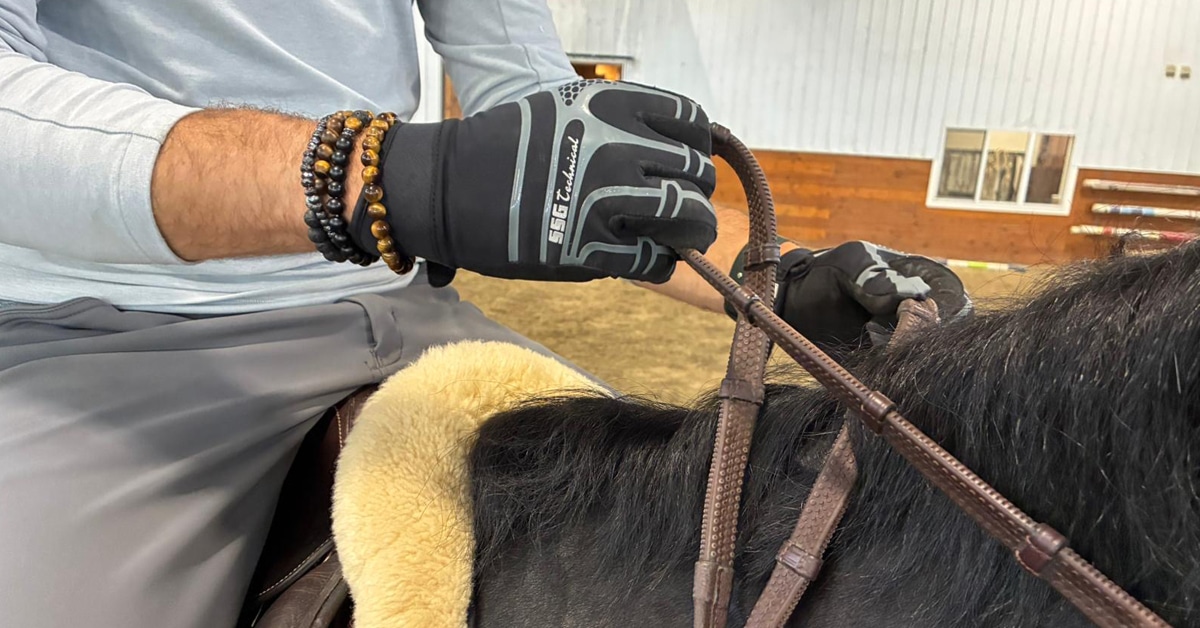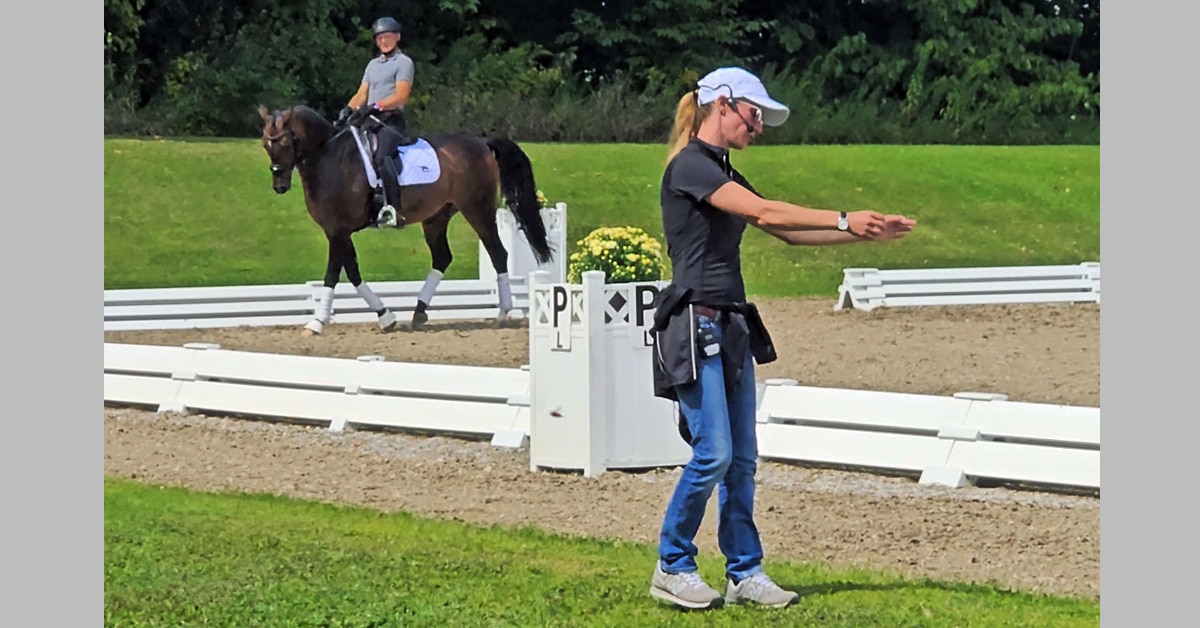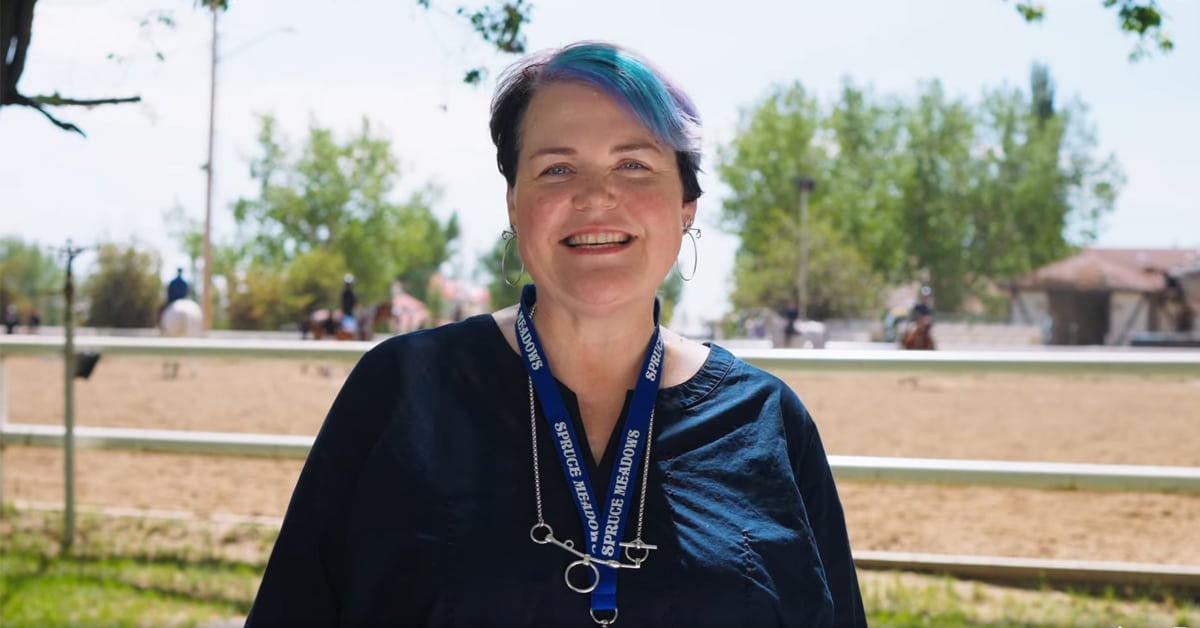“Put your head up. You should look where you’re going!”
Sometimes it’s the small things that make the big difference. Like the comment above from three-time German Olympic eventer Bettina Hoy to 23-year-old American eventer Sophie Click as they walked the CCI4*-L cross-country course at the Galway Downs International.
Bettina was the guest coach for the MARS Bromont Rising U-25 scholarship program when it debuted on the West Coast at this early November event in Southern California. Sophie was one of five riders selected to receive coaching collaboration from Bettina before and throughout the competition, a “Centerline” session with Ground Jury president and three-time Olympic eventer Peter Gray, and inspirational guidance from sport advocate and supporter Jim Wildasin.
A scholarship of up to $2,500 iced the cake for Sophie and four other participants selected: Americans Taylor McFall, Julia Beauchamp-Crandon and Reece Blinks, and Canadian Anna Rekrutiak, all CCI2*-L riders.
Sophie went on to a time faults-only round over Clayton Fredericks’ demanding 4*-L track, and a 6th-place finish in the CCI3*-L.
Having participated in other young rider programs, Sophie was grateful for the MARS Bromont’s unique combination of coaching, encouragement and cash. “It was a huge benefit,” Sophie said at the close of competition.
“Of course, the money is great, and so were the workshops. Learning from a Ground Jury member about the dressage tests was hugely helpful and I love what Jim (Wildasin) had to say. Bettina is so knowledgeable. I learned so much from her, including that little bit of advice while walking cross-country. It may sound silly. I was walking the course looking down at my feet, and when she told me to look up, I realized, ‘Yeah. I probably should!'”
“Bettina is the best,” said Taylor McFall, the 19-year-old who finished reserve champion in the CCI2*-L. She was “stoked for the opportunity to work with a world class rider like Bettina. Working with people like her is how you get better.”
Early Influence
“This program is such a good idea,” said Bettina of the aim to impact riders at key phases of their advance in eventing. “It’s great to start influencing them in a positive way at this stage in their careers, not just when they are higher up in the process.”
Bettina clarified that her role at Galway Downs was to work alongside the riders’ trainers rather than impose her ideas. “I only want to explain my ideas as I would to my students. Hopefully the riders and their home trainers get something out of it.
“After all, we all speak the same language. We want safe sport, good riding and nice, happy horses.”
Bettina coaches riders all over the world and she started the MARS Bromont riders the same way she does all of her students: “I always start with the very basic principle of using the diagonal aids: inside leg to outside rein, controlling and positioning the outside shoulder. Next is having sympathetic hands: using your core, or seat, then leg, then hand, and using your hand to assist your horse, to show them the way.”
In a pre-show lesson, Bettina used a leg yield at the walk to animate these concepts. “The walk being slower, it gives you time to think about your aids, to make corrections, and to get the feel of the result when applying the diagonal aids correctly.
“These are lessons you need to apply all the time: every time you start a movement in dressage, every time you come through a turn in show jumping and out on cross-country, you’ve got to be able to turn that outside shoulder.”
Reflecting after the participants had finished dressage and cross-country, Bettina was pleased to see most putting these concepts into practice.
Bettina suggested adding a team component to the MARS Bromont program. “In Europe, it’s a lot easier because we have all kinds of team events for ponies, young and junior riders, so by 14 or 15, they have had a lot of experience riding on a team.”
Centerline Savvy
Program Director Peter Gray likes the team idea for the future. At Galway Downs, he was gratified to see the participants’ progress. “I was very pleased with their results. I hadn’t known any of the kids before and to see them do so well in person was fantastic.
” I’d like to think that Bettina added to their competitiveness here. They were all doing well before, of course, but even if this program just helped them with the confidence of having someone of Bettina’s stature say, ‘Yes, you’re on the right track,’ and give a few ideas and ways of thinking about things, that’s great.”
Peter’s Centerline sessions attempt to chip away at what he calls the “rider-judge communication barrier.”
“When I went down my first Olympic centerline (in 1980), I thought I knew what the judges were looking for. But, like a lot of riders, I really didn’t. In my day there was never any interaction between judges and riders. In the last 10 years, I’d like to think we are working on that.”
Shared tips included making the most of the warm-up time before entering the court. “We don’t pre-judge, but as we’re sitting there waiting for the bell, we do look and notice, even if subconscious. We might think, ‘Oh, this is going to be good!'”
Use this time to show off your horse’s strengths, Peter told the participants. “If your horse has a poor rhythm in the walk, then don’t walk during that time.”
He suggested bucking the conventional trainers’ wisdom of going deep into the corners. “The deeper you go into the corner, the more balance the horse has. As a judge, I’ve seen people slow down so they can go deep into the corner. I’ll give more marks to the bigger trot that shows suppleness by its bend through the corner without going so deep.
“It’s all quite fun for me to share my perspective as a rider and, more recently, as a judge. The bottom line to what is behind all my judging is ‘happy horse equals happy judge.’ If you show that happy horse, that freedom in the gaits — not restriction — you’re going to get good marks.”
Sport advocate and eventing father Jim Wildasin kicked off the MARS Bromont workshops by speaking about developing the character traits needed for long term success in the sport.
Among his tips:
- Give back to the sport
- Build on incremental progress “It compounds!”
- Learn to ride well: be a student of the sport.
The Program Evolves
The MARS Bromont Rising U-25 effort was launched in 2019 by Bromont Horse Trials organizer Sue Ockendon and the late Steve Blauner “to recognize and support the youth in the sport, the future of eventing in North America.”
After a two-year pause during the pandemic, the program returned at the MARS Bromont CCI in Quebec, Canada, this past June, then added the Galway Downs International with the enthusiastic support of organizer Robert Kellerhouse.
In 2023, the program’s age eligibility will rise to 30, reports Peter. The goal of helping talented riders advance in their horsemanship and competition success remains the same. The MARS Bromont and Galway Downs CCIs will again host the scholarship and education opportunities and there is talk of adding a third competition, he notes.
To apply for the program at existing venues, visit www.bromontcci.com or www.galwaydowns.net. For more information, email Program Director Peter Gray at psgray007@hotmail.com.
The Latest
